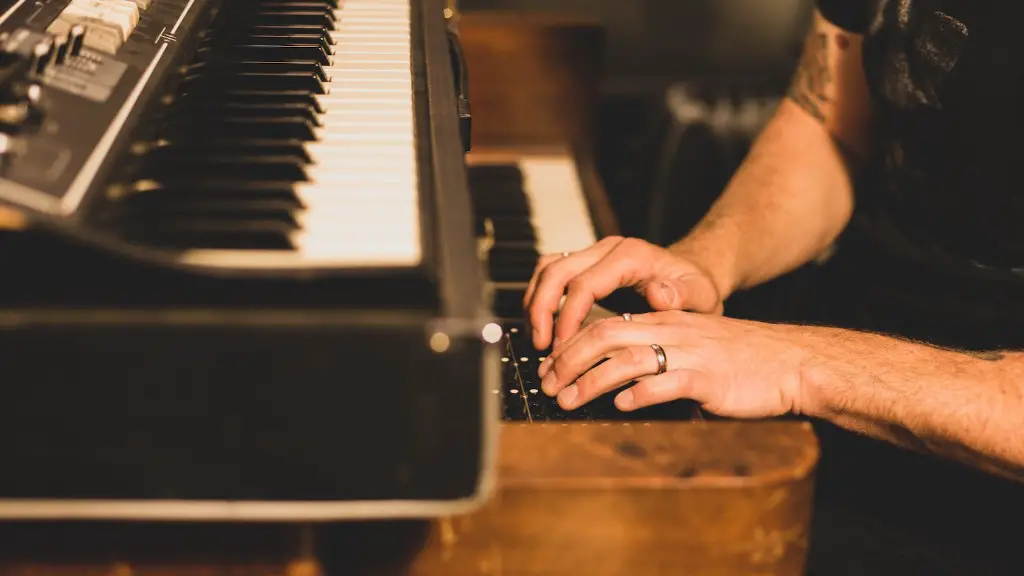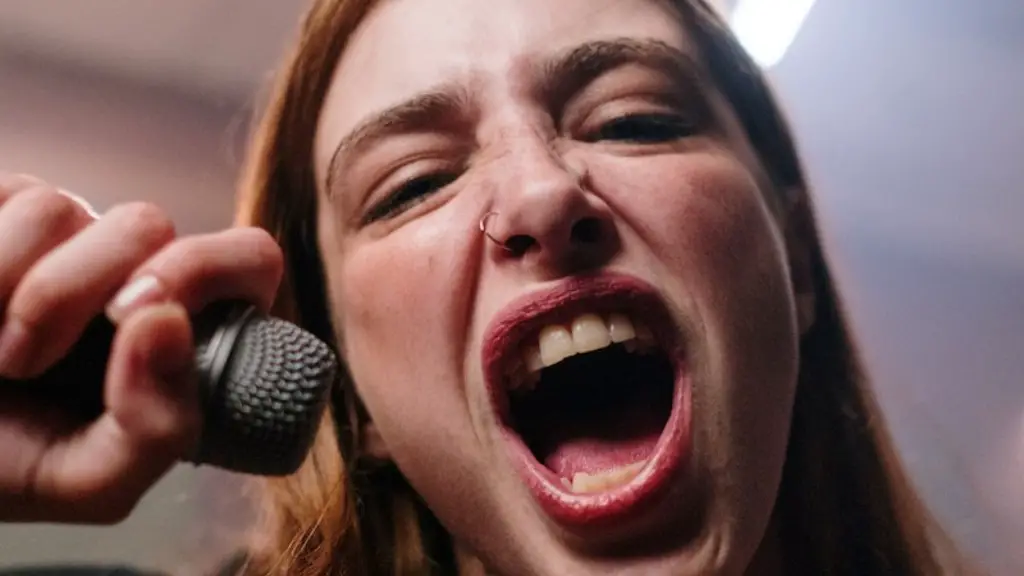How To Draw An Elk
With the majestic swoop of its antlers, the grandeur of its thick fur, and the unbridled beauty of its eyes, elk have a timeless allure that can be captured in the simple medium of paper and pencil. If the overwhelming pull of these majestic creatures has inspired you to document the beauty of an elk, the following steps will guide you.
Elementary Contour
Start your elk drawing off with a basic contour, a rough outline defining the shape of the animal. With bold, looping lines, sketch the elk’s head, back, and body. Don’t worry too much about perfection with this step; exaggerated shapes will help refine the finer details of the elk later on.
Antlers
No elk is complete without its regal antlers, so be sure to add these to your sketch. Start small, drawing the upward curl at the base of the antler, and then branch out. As you work, work your way outward, creating an intricate design that captures the antler’s complex structure.
Fine-Tuned Facial Features
Next, turn your attention to the elk’s facial features, adding meaningful definition and personality to your elk. Start with the eyes, giving them an alert, powerful stare that brings the elk to life. Then add other fine-tuned details, such as the elk’s long snout, full ruff of fur, and large ears.
Feet, Fur, And Final Touches
Finalize your elk sketch by adding its feet, which should be large and dominating, paying homage to the animal’s sheer power and strength. Then, use light shading to give your elk a dense, luscious fur, conveying an authenticity to the portrayal of your elk. With a few final tweaks, you’ll have a finished piece that looks worthy of hanging in any art gallery.
Erase Mistakes and Refine
To perfect your elk, take a few moments to erase any unintentional pencil marks left by mishaps along the way. To give your work an extra level of refinement, use a finer-pointed pencil to soften or darken certain areas as needed. Internalize the details of the elk, assessing where any additional changes are needed to further capture its essence.
Coloring and Final Decorations
With your elk sketched and finalized, you can now bring it to life with color. Choose whatever hues and shades suit your vision, but be sure to stay close to nature, using proper values to bring the elk to life. Once your elk as been colored, you may want to add a few extra touches, such as tree branches, leaves, or mountains in the background.
Reflection and Further Exploration
Drawing the elk should be a deeply personal experience; so be sure to recognize your accomplishments and consider how you can continue exploring the art of elk drawing. Did you find any areas of your elk that were particularly challenging? Did any elements of the drawing take you by surprise? Reflect on these questions and strive to use your newfound knowledge to evaluate and improve your future works of art.
Innovation and Inspiration
In the final stanza of your journey, it’s always great to add your own innovations to your elk drawing. Push boundaries, go wild, and explore new ways of bringing the elk to life. From patterned fur to gold-painted antlers, the possibilities for crafting a new and interesting elk drawing are seemingly endless. Most importantly, have fun!

